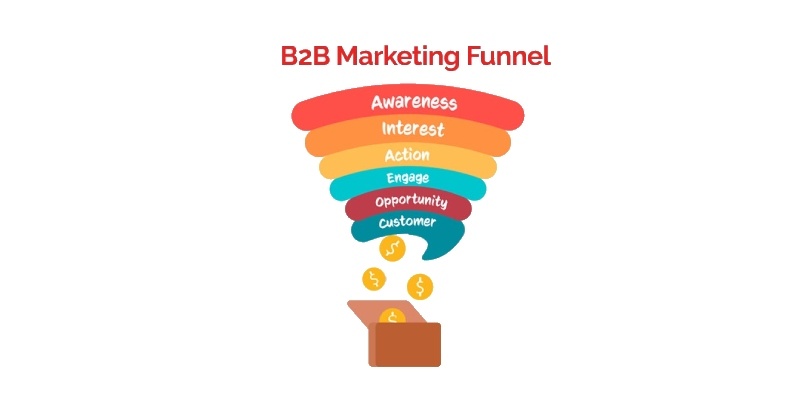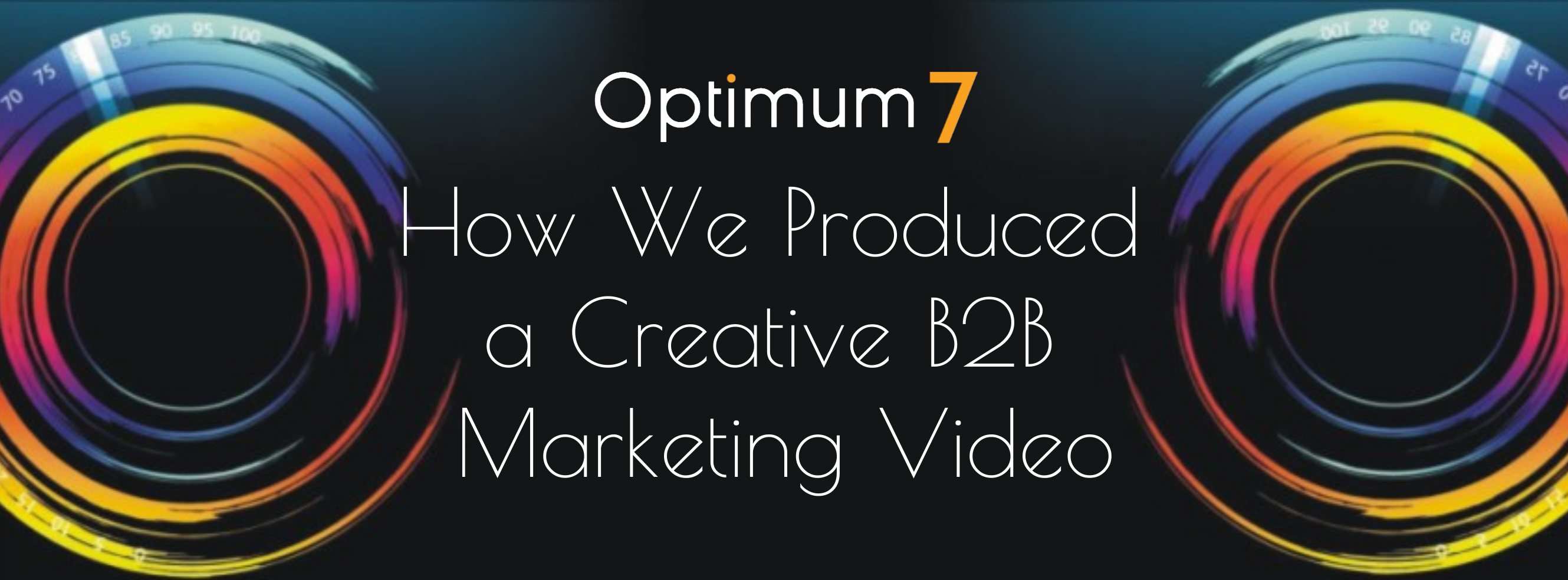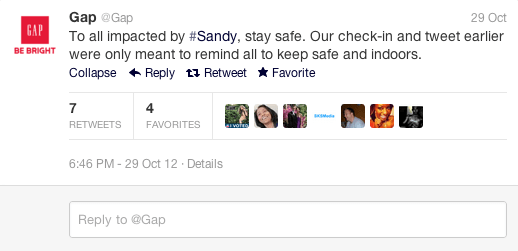With this B2B video marketing project, we wanted to develop a video advertisement that would be interesting and enjoyable for the viewer, while also helping us to achieve our desired marketing campaign goals. The video content needed to be creative, emotional, and engaging in order to help generate awareness for the services our company provides.
We allocated $30,000 for a two-day production, as well as for post-production and marketing. Our video production team delivered “Get Found.”
The Idea
From the beginning, our intent was to create media that would tug at the viewer’s heartstrings. We didn’t simply want to advertise, we wanted something memorable, emotional, and that a majority of viewers could relate to in an engaging way.
What’s more relatable than the emotions that come with losing a pet?
So our idea was to create a commercial in which a woman loses her dog. As she looks for him, putting up ‘LOST DOG’ flyers all around her neighborhood, an Optimum7 employee notices her despair. He informs her that he can help by creating a localized, social media campaign with online videos. Which spreads awareness and eventually leads to the dog being reunited with his owner.
The idea was inspired by a ‘LOST CAT’ sign that our videographer, Juan, saw near his house.
Later, when he saw the same signposted as video ads on Instagram, he realized that a social media campaign is a great way to raise awareness of a lost pet. In other words, marketing can fundamentally change the way our society spreads a message.
Creating an ad campaign for a specific, geographical area is easy enough to do through Facebook and Instagram.
This allows you to target only those people who are local to the area in question, making them aware of the lost pet (or your products and services), and not wasting time and resources sending the ad to people who will ignore it because it isn’t relevant to them.
Better still, these short video ads spread much more easily online than they would in the real world. Rather than posting hundreds of flyers around your neighborhood, the word is spread when people share the ad on their story, post the link, or use hashtags in their comments.
While some ads seem to use emotions in a way that has little to do with their products or services and therefore come off as a cheap ploy, our ad builds on the semantic variation within the phrase “get found.”
While the desperation felt by the dog’s owner may not be the same as that which is felt by a struggling business owner, the end result is still the same: their livelihood relies on the need to be found.
With the “Get Found” ad, we’ve accurately and emotionally represented the service we have to offer.
By bringing an outdated idea (putting up physical flyers) into the modern world by leveraging the advantages provided by the internet, we’ve communicated what we can do for a 21st-century business. We can bring a client’s outdated marketing strategies into the Information Age.
The Objective
A successful project starts by considering the objective. Every marketing project requires a compelling concept, but regardless of how engaging the concept may be, it must serve the objective.
Our video, for example, may feel emotional and maybe interesting to watch, but if it ended with an announcement for dog treats, you would have felt manipulated. How does the plot, as described above, help generate interest in dog treats? How is the plot resolved by purchasing dog treats?
In our case, our goal was to generate interest in our services, while simultaneously showcasing our creative capabilities. Additionally, we wanted to target the top two parts of the sales funnel, with a specific focus on Awareness. Was the end product true to those goals?
The Sales Funnel: Awareness, Engagement, Conversion

Awareness
The ad makes the target audience aware of Optimum7 as a brand and associates the company with feelings of kindness, empathy, and compassion.
Through an emotional story that touches on people’s care for their pets, and by incorporating aspects of social media marketing, the ad demonstrates how the services offered by Optimum7 can add value to a person’s life.
Engagement
Ideally, when this video is posted on various social media channels, users will like it, comment on it, and share it with their friends. The emotional story at the core of this ad increases the likelihood of this occurring. If people respond in a positive manner and become invested, it will be much easier to retarget them in the future.
Conversion
Potential conversions from this ad include new user subscriptions to Optimum7’s YouTube channel, new followers on social media, new connections on LinkedIn, and possible inquiries made through our main website.
The end goal is to raise awareness that Optimum7 is here to stay, so immediate conversions are less important in the short term. By building up our social media community, we increase the number of leads available to our sales team and boost the likelihood that people will think of us when they determine they require the services we offer.
Why Video?
Because video is one of the most engaging forms of communication – capable of eliciting an emotional response more easily than any other format. It’s one of the most effective tools in marketing.
Video is capable of effortlessly educating, entertaining, and inspiring people. It’s one of the fastest and easiest ways to connect with existing customers, capture new ones, and motivate them into taking the desired action.
Video is powerful, and it takes marketing to the next level.
Pre-Production
Once we had the script finalized, it was time to begin production. To make your vision a reality, you need to find the shooting locations that fit the idea, and the actors that fit the roles.
Location Scouting
It’s vital that you find locations for the video shoot that not only match with the concept you’ve developed, but that fit the budget as well. Ideally, your shooting locations should be nearby. You do not want to waste your resources – in time or money – driving the production crew across the city.
In our case, we scouted the Miami area (where our company headquarters are located) for a setting that would fit our idea. We were able to find the perfect locations within a very small radius, making production much easier and much less expensive.
Once we had the locations secured, we knew that all we needed to tie this all together was to find and cast the talent.
Casting
We hosted a local casting call. Luckily for us, the talent pool available in Miami is very large, so we had plenty to choose from.
When it comes to casting actors, it’s all about the image they portray. You want an actor that best embodies the character and communicates the idea that you have in mind.
After auditioning several prospects, we casted the actors that we felt would be the ideal fit for the roles we had developed in our script: the Owner, the Optimum7 Employee, and the “Finder” (as we would call her).
Now, one aspect that most productions would not have to deal with is hiring an animal actor, which was actually the centerpiece of our production. Without a good dog actor, we would not be able to move forward.
However, we were able to find an incredible, local dog actor named Miller. A Golden Retriever, Miller outperformed at his auditions and we instantly knew we had our Missing Dog.
Not only did he follow instructions well, but he was very cooperative and friendly – both of which are crucial when it comes to an animal actor.
Production
As the video format took shape, and we had our locations and actors selected, a shot list and production schedule were created. As with any project, there need to be clear instructions on how to proceed at each stage, so these are crucial elements in the foundation of a successful production.
We broke up the production into two days. On the first day, we recorded the establishing shots and the nighttime shots.
The second day was for recording the daytime shots, which included the scene with the Optimum7 employee, and the reunion between Miller and his owner at the park.
Cast and Crew
Once production was in progress, the success of our video was in the hands of our cast and crew. As with any production, there are several people filling various roles, from the actors in front of the camera to staff and assistants behind the scenes.
Because the script only contained a few characters, our production didn’t require a lot of “talent” (actors and actresses). Our main talent team consisted of four members: the Owner, the Optimum7 Employee, the Finder who discovers Miller, and, of course, Miller himself. Supporting talent included the convenience store owner and the chef, as well as a few, unnamed extras to fill the background in certain scenes.
The production crew was significantly larger than the talent team. For most professional productions, there are many more positions to be filled behind the camera than in front of it. Our production crew consisted of 15 people, including:
-
Director
-
Director of Photography
-
Producers
-
Production Assistants
-
Hair and Make-up Artist
-
Costume Design
-
Dog Handler
-
Sound Engineer
-
Main Grip (to manage the camera rigs)
-
Craft Services (to keep us fed and hydrated)
-
and a team of Drivers
It’s always surprising how many people it can take to execute a successful production – and we haven’t even mentioned the pre and post-production crew.
During development and all the way to delivery of the final cut, we had additional team members responsible for ensuring that the end product met our original objectives. These included our Creative Director, along with several Marketers, Copywriters, and Editors.
It truly takes a large, experienced, and well-equipped crew to keep production, of this scale, on track. When you’re finally filming your B2B marketing video, you don’t want to waste time, money, and daylight because your production team is stretched thin across multiple responsibilities.
So, don’t cut corners when it comes to b2b video marketing. Find professionals and experts to fill every role that your project requires, and give them the tools they need to deliver the results you expect.
The successful execution of our vision was not the sole accomplishment of the writer, director, or actors. It was a team effort that required constant collaboration and recalibration. Be prepared to invest time and patience into your project.
Production Day 1
Introductory Shot: “Miller! Miller!”
This was the establishing shot, which is one of – if not the – most important shots in the video.
We shot it from several different angles to make sure we had many options, during editing, to make the scene as engaging as possible.
The intent was to truly convey the emotion that one feels when they realize their dog has gone missing. It’s also the introduction, so if we don’t grab the viewer’s attention in that first shot, we risk losing their interest entirely.
Nighttime Shots: “Where is Miller?”
These were the most complex shots that we had to record, as we had to coordinate both the nighttime lighting and Miller, at the same time.
The first shoot was at the convenience store. We wanted to show that the dog was truly lost and was looking for help, but that no one wanted to help. This would serve to create a more emotional narrative, which is why we wrote the store owner to be so angry and unsympathetic – he creates a contrast with the Optimum7 employee.
Then it was time for the shoot in the back alley behind a (seemingly) grimy restaurant. The point of this scene was to further reinforce the previous message, but in a more menacing and “scary” atmosphere for Miller. It helps to demonstrate that Miller wants the safety and comfort of his home as much as the Owner wants her best friend back.
We also wanted to show the dog relying on resources that he’s not used to (leftover boxes of food tossed in the trash) and to include another “villain” (the angry cook). This further showcases the fact that Miller was truly lost and alone, without any help.
Both the store owner and the chef were directed to be aggressive and mean, which helped to communicate that the dog was scared and had no safe place to rest.
This was the first day of shooting with Miller. It was very challenging but was also a great experience, and we were successful in capturing all of the shots that we set out to record.
Production Day 2
Exterior Daytime Shots
The first scene we shot was that of the Optimum7 Employee meeting Miller’s Owner.
This was also a challenging scene since we had to communicate a lot of information non-verbally, which is what motivated us to add the Facebook animation during the cafe scene.
We had to communicate the exchange between the Owner and our Employee, wherein he offers his services to help find Miller, all without speaking a word of dialogue.
Next, we shot the scene of the Employee at the cafe.
We covered the Apple logo with a tracking sticker so that we could superimpose our logo onto the laptop during post-production. This allowed us to:
-
Remove the trademarked logo,
-
Add our own branding to the video
-
Include a sort of “watermark” to help prevent pirating issues.
Once again, we had to communicate a fairly complicated message non-verbally, because it had to be clear to the viewer what he was doing on his computer.
The viewer had to instantly understand that he was creating a local, geographically-targeted, social media campaign to promote the missing dog flyer to people in the area.
Originally, we simply shot the screen, but we didn’t feel confident that that would be enough.
Therefore, we added the Facebook ad creation animation in post-production which, we believe, greatly helped the clarity of this scene. It visualizes the geographic targeting and the creation of the ad using the missing dog flyer image.
Finally, we shot the scenes at the park.
The first scene we shot was that of the Finder discovering Miller.
The Instagram feed that she is scrolling through is fake. It was created by combining screenshots of Optimum7’s Instagram posts with some personal Instagram posts from our Video Producer, Juan.
To imitate scrolling through the Instagram feed, we saved the images on the character’s phone and had the actress “scroll down” on it. This allowed us to have complete control over what was on the screen while ensuring that we got the shot we wanted.
The last shot of the day, and of the production, was of the scene in which the Owner is reunited with Miller.
This was another critical shot for the production. It’s the climax of the video, the emotional peak of the entire story. This is why we shot several versions, from several different angles.
We had to be confident that we were accurately conveying the emotion inherent in this scene.
Post-Production
Once production had wrapped, it was time to edit the final video.
The goal at this stage was to ensure that the video conveys the story clearly, communicates the desired message effectively, and ties in a motivating call-to-action.
We had to tell a full story within less than 2 minutes – and even less in the shorter, optimized versions – so we had to be very efficient in our use of both footage and time.
Music is vital to communicating an emotional message, making the viewers feel something, immersing them in the plot, and allowing them to relate to the story.
We had to select music that communicated the tone and engaged the viewer to cement our video content strategy.
We also decided to include some key audio from production in the final video, such as the owner yelling for Miller, the convenience store owner and chef yelling at Miller, and the stapling of the flyers.
We realized that the scene in which the Optimum7 Employee creates the ad needed more explanation, so this was when we decided to add the animation of the campaign being created. It provided more insight into the creation of the ad by establishing a visual to represent the geographic targeting, the intended audience, etc.
Once we had the main storyline ready, it was time to color correct the video.
Color correction refers to the process where every individual clip of a video is altered to match the color temperature of multiple shots to provide a consistent technical standard of appearance.
It’s about balancing out your colors, making the whites actually appear white, and the blacks actually appear black, and that everything in between is nice and even.
The goal is to match the video footage to a standard that would be an accurate portrayal of how it would look if viewed from the human eye.
With this step completed, our primary video was finalized.
Now, this version was not optimized for social media. Most social media platforms have a 1-minute limit on their videos and prefer either a square video or a portrait video. So, it was time to create specific versions optimized for specific social media such as Instagram and TikTok.
Editing the shorter versions for social media platforms proved to be difficult. As we had to communicate the message and convey the emotional story in a very short amount of time.
Another step that proved to be difficult was editing into a version with different dimensions. We had to add some movement to the videos to display all the visual information. Since some of the videos gets cropped when converting the landscape version into these different versions.
We edited a 1-minute version and a 30-second version.
The 30-second version was the most difficult to edit. We had to edit out absolutely all the extra footage and only include the shots that were absolutely key to telling the story we wanted. We achieved this through several revisions and a lot of communication between our marketing and video production teams.
In the end, we had our full video and the two shorter versions. All of which executed our desired goal of telling the story we wanted and conveying our intended message.
The Final Product
As we mentioned, the main product was a 2-minute, landscape version of the full-length video. We posted that one on YouTube, both on our channel and as an advertisement.
We also used this version to showcase our capabilities of developing and producing a high-level, creative, and complete b2b video marketing strategy. That can be used for marketing purposes. The alternate versions, optimized for social media, are now hosted on their respective platforms and running as ads as well.
The production and promotion of “Get Found” was an overall success. We achieved our desired objective of producing a high-quality, creative, engaging, and emotional video that achieves our marketing goals of generating awareness and engagement.
Does B2B video marketing help my business at all?
Yes. Yes, it really does…
B2B Video Marketing is the future of B2B companies and many already know this.
A recent study by Heinz Marketing found that 68 percent of organizations increased their investment in 2020, with video marketing as one strategy for success! Do you think creating videos will take up too much time or money?
If so then maybe it’s because you don’t realize how powerful they can really be. In reality, video content works really well for B2B customers, who tend to do more research and need to be able to get buy-in from seven to eight other team members.
As a B2B brand, video content can help your brand:
-
Support SEO, blogging, social media, and other marketing efforts
-
Reach clients at different points in the B2B sales cycle
-
Improve customer engagement
-
Enhance audience retention rate
-
Create effective remarketing campaigns
Let Optimum7 Help Your Business to Get Found
Optimum7 produces engaging videos that captivate audiences, inspire action, and drive results for businesses and brands. We pride ourselves on creating content that your audience will love and that motivates them to take the next step. We are passionate about telling your brand story in the most engaging and effective way possible.
A video production strategy is an effective path to profitability. Optimum7 can help you set the right goals, implement creative and technical strategies, and use data and analytics to improve your business’s performance.
As with everything we do at Optimum7, our video production team doesn’t simply make ads, they add value to your business. If you want help developing and producing video marketing strategies that boost awareness, drive engagement, and increase conversions, contact our team today.





